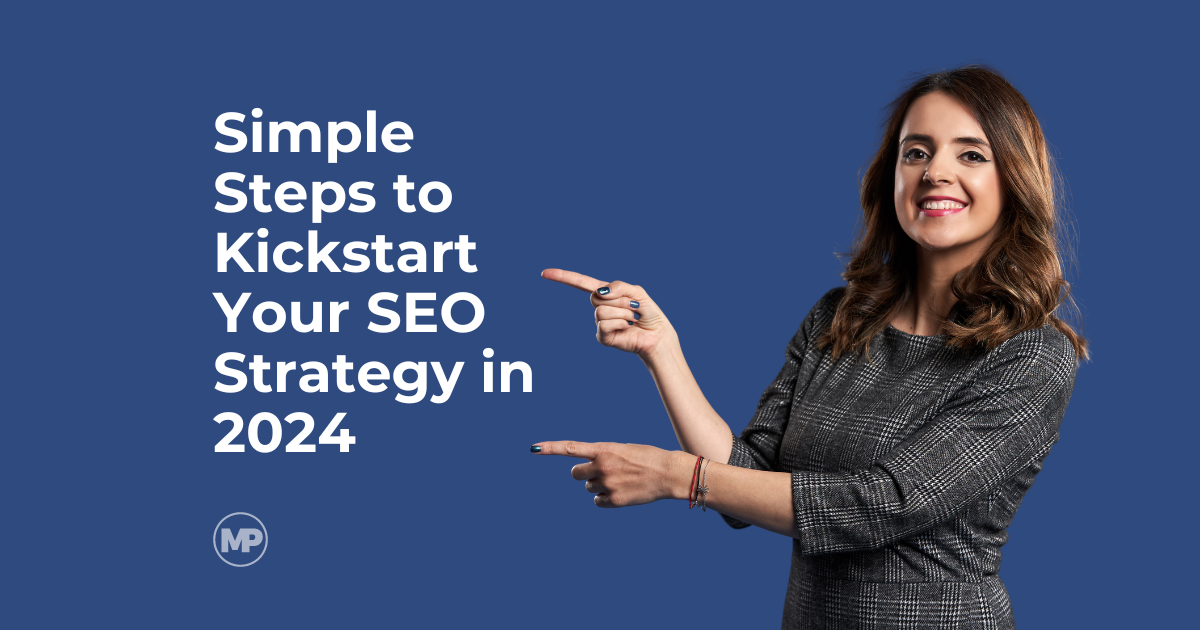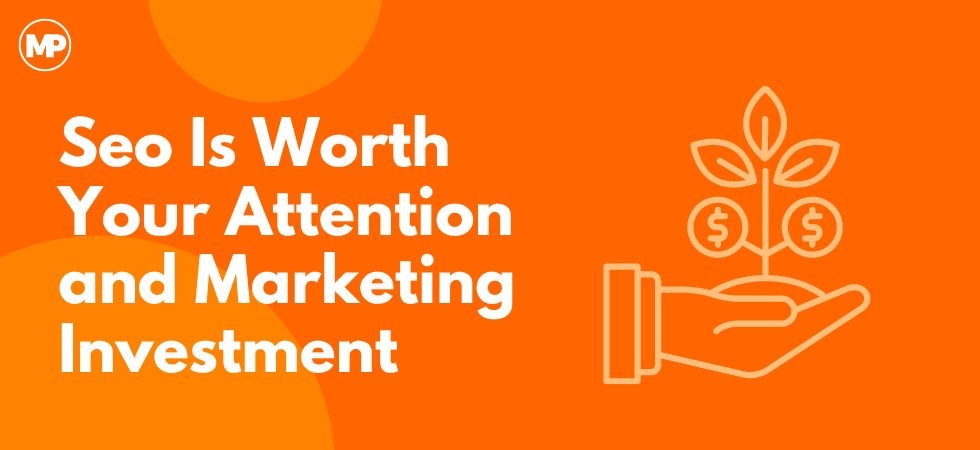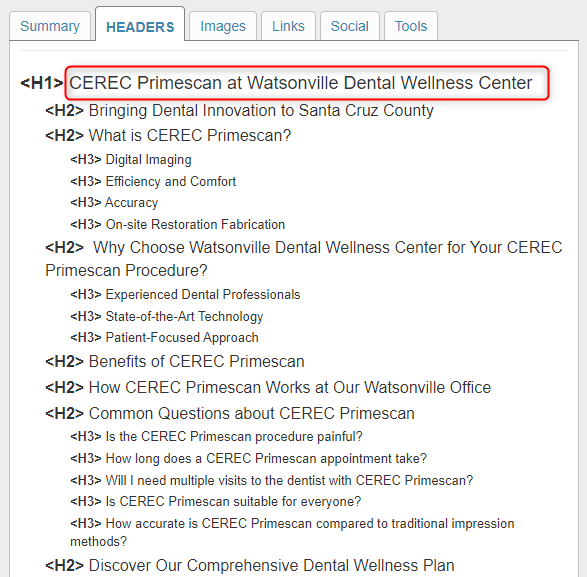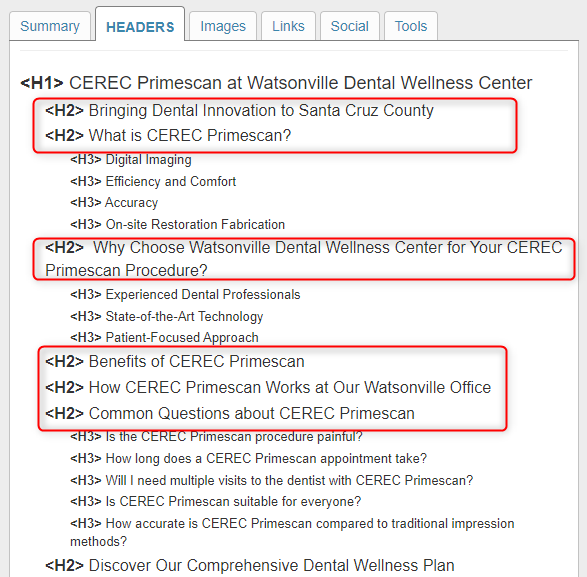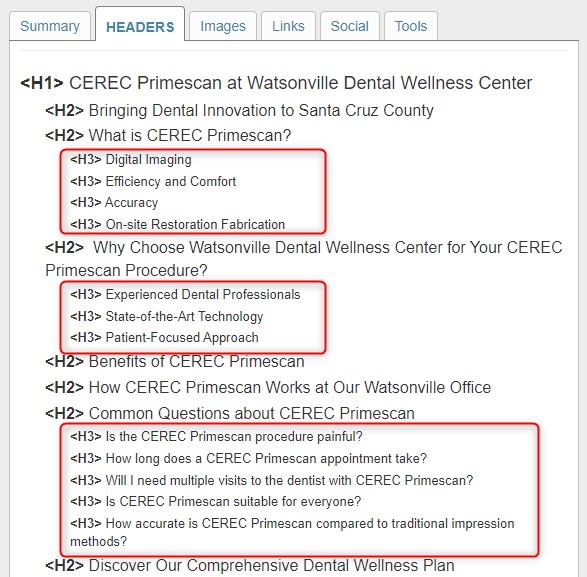I work with clients all over the USA, and one of the most common trends is an increase in demand for local Search Engine Optimization services. The reason is simple, after the Covid-19 outbreak and the post-Covid recession, many businesses realized the importance of their online presence.
Now that everyone is getting online and spending a ton of money on SEO, it may feel like you must do the same to stay on page one or two of Google’s search engine results.
I was overwhelmed by all the information when I started learning more about SEO. It can be pretty intimidating. As a result, I am providing a simple guide to getting started with local SEO for beginners who do not have the time or need for an in-depth deep dive into SEO.
Boost Your Business: Easy Steps to Kickstart Your Local SEO Strategy
In this article, I’ll introduce you to why SEO is more important than ever and some simple steps to kickstart your local SEO strategy. With these easy-to-follow steps, beginners can improve their local online presence and attract more customers without spending hours upon hours learning about the specifics of Search Engine Optimization rules and techniques.
Whether you’re a small business owner, an entrepreneur, or just starting your online journey, this guide will help you get started with your new local search engine optimization strategy today!
Why Seo Is Worth Your Attention and Marketing Investment in 2024
SEO can be a game-changer for your business if customers are searching for your products or services online. When your offerings address the needs and problems of potential customers, effective SEO strategies can connect them to your business seamlessly and quickly.
Here are some reasons why SEO is worth your attention and marketing investment:
Engage at Various Stages of The Buying Process
Most visitors to your website aren’t ready to make an immediate purchase. Your site should feature content tailored to different stages of the buying cycle. This content can be optimized with SEO to ensure it reaches the right audience at the right time.
Attract the Right Audience
SEO enables you to draw in visitors who are most likely to convert into customers. Integrating SEO with your content strategy helps address the questions your potential customers have. Understanding your target customer and leveraging SEO can be a powerful combination for your business.
Enhance Your Online Visibility
An effective SEO campaign can significantly boost your website’s visibility. Aim to appear on the first page of search results, ideally at the top. Increased visibility means more opportunities to attract potential customers while reducing your competitors’ visibility.
Reduce Customer Acquisition Costs
Many online marketing strategies, like Google AdWords or Facebook Ads, operate on a ‘pay-to-play’ model, where you pay for each visitor. SEO, on the other hand, can lower your customer acquisition costs as you don’t pay for each visitor. This allows your SEO investment to deliver more long-term results for your business.
Present Solutions to Potential Customers
Nowadays, people turn to the internet when they encounter a problem. Can someone find you if they’re searching for a solution to their issue? If not, SEO can bridge that gap and benefit your business.
Build Trust and Credibility
Trust is essential in the buying process. If potential customers don’t trust your business, they won’t purchase from you. SEO can enhance your trustworthiness and credibility by positioning your site at the top of search rankings. When customers search for businesses like yours, they’ll tend to trust the ones that appear first in the results.
People buy from those they know, like and trust. As a business owner, it’s your job to show visitors how you can help them with your products or services once they reach your website.
Start by Focusing on A Single Target Goal
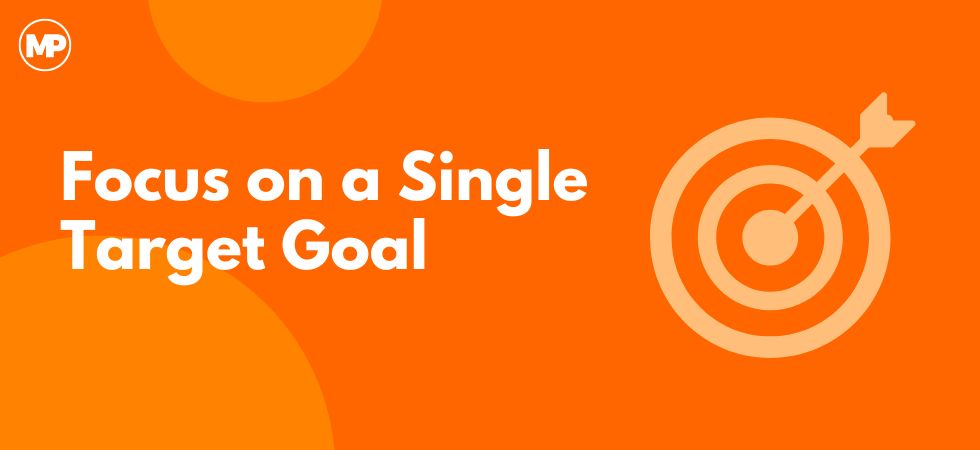
Focusing on a single target goal (keywords or key phrases you want to rank #1 for) for local SEO is beneficial for several reasons. First, it lets you concentrate your efforts and resources on a specific objective, resulting in a more effective and streamlined strategy. This laser-sharp focus helps you create tailored content and optimization techniques that cater to your target audience’s needs and interests.
Additionally, it enables you to track your progress and measure the success of your efforts more accurately. Finally, by prioritizing a single goal, you can make informed decisions and adjustments to your local SEO strategy, ultimately leading to better visibility and traffic for your business.
Research Popular Queries You Want To Improve Rank For
Discover the primary questions in your niche that you aim to rank first for, but currently, your website isn’t featured on the initial page of search results (e.g., best Divi designer in California). This will be your primary key phrase you are going to focus on.
This key phrase should have one or two keywords you are going to be focusing on for your page titles, image titles and content. Some people like to start with keywords. You can go either way although I like the idea of starting with the search query of choice.
Pro-tip: If you are conducting keyword research, it’s crucial to focus on keywords pertinent to your niche and exhibit lower search volume and competition, making them simpler to rank and allowing you to establish authority. As your authority grows, you can progressively target more competitive keyword phrases. Iloveseo.com has a great list of free keyword research tools here.
Decide on Your H1 Tag and Craft a Key Phrase-Centric Page
To optimize your website for your chosen key phrase, you should develop a dedicated page centered around that term. Begin by incorporating the key phrase into the page’s H1 header, as this will signal its importance to both users and search engines.
An H1 header, which is typically the main heading of the page, carries significant weight in terms of SEO, and using your target key phrase here will boost the page’s relevance.
For example, one of my clients has pages dedicated to the technology and equipment they use. One of the tools they use is a Cerec Primescan. We decided the key words for this page should include Cerec Primescan and Watsonville, the name of the city. We used that to craft the H1.
Using Variations of Your Key Phrase and Keywords Strategically Throughout the Page
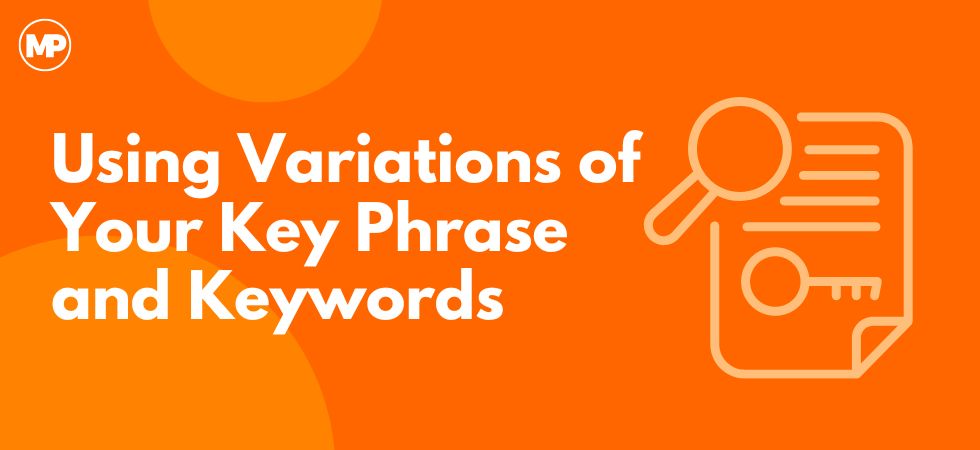
Utilizing variations of your key phrase and related keywords strategically throughout the page is essential for creating well-optimized and comprehensive content, but you want to avoid keyword stuffing.
Repeating the same key phrase excessively can make your content appear spammy and unnatural. Integrating variations and related terms allows for a more organic distribution of keywords, improving readability and reducing the risk of search engine penalties.
Expanding Your Content with Multiple H2 Headers that Support the H1
Expanding your content with multiple H2 headers that support the H1 and incorporate variations of the primary key phrase will further strengthen your page’s SEO. These H2 headers serve as subheadings, breaking up the content into organized, easily digestible sections.
Pro-tip: by integrating keyword variations in the H2’s, you enhance the semantic relevance of the page, making it more comprehensive and better suited to address variations of the key phrase.
To create effective H2 headers, identify the subtopics or aspects related to your primary key phrase that users may be interested in exploring. For instance, if your H1 focuses on “Best Home Workout Equipment,” some potential H2 headers could be:
- “Top Resistance Training Tools for Home Gyms”
- “Essential Cardio Equipment for Home Workouts”
- “Space-Saving Fitness Gear for Small Spaces”
- “Budget-Friendly Home Exercise Solutions”
These H2 headers support the main topic and help search engines grasp the breadth of information provided on the page. In addition, by addressing multiple facets of the central key phrase, you cater to a broader audience and further solidify your page’s authority and relevance in the eyes of both users and search engines.
Looking at the example I used above for my client in Watsonville, you can see the variations we used to support the primary H1.
Fine-Tuning Content Structure Using H3-H6 Tags
These tags are used to create further subheadings within H2 sections or any other subsections, providing an even more detailed content hierarchy. While these tags carry less SEO weight than H1 and H2 tags, they still contribute to a well-structured and organized page, making it easier for search engines to index the content.
Looking at the example I used above for my client in Watsonville, you can see the H3 variations we used to support the H2 headers.
Balance Keyword Integration and Readability
When creating the page, ensure the content is relevant, informative, and engaging, reflecting the key phrase’s intent. Additionally, integrate the key phrase and related terms naturally throughout the text without overstuffing or compromising readability.
This approach helps search engines understand the page’s topic and improve its ranking, and provides a valuable resource for users searching for that particular key phrase.
Promote Your New SEO Optimized Page Regularly
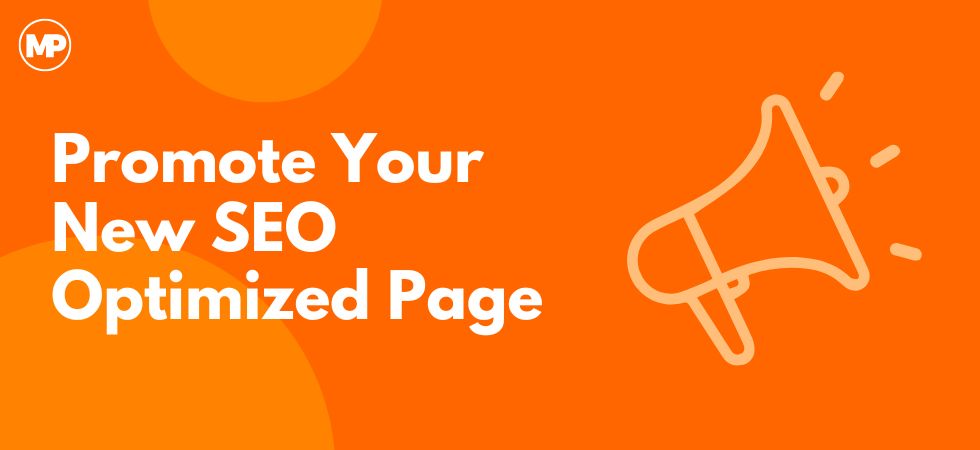
Regularly promoting your newly SEO-optimized page is crucial for increasing its visibility, attracting traffic, and achieving your desired ranking. Effective promotion involves leveraging multiple channels and strategies to reach a wider audience and create engagement:
Promote It On Social Media
Share your page on various social media platforms like Facebook, Twitter, LinkedIn, and Instagram. Tailor your posts to each platform’s audience and format, using relevant hashtags and engaging captions to encourage likes, shares, and comments.
Promote It Using Email Marketing
Include your new page in your email newsletters or send dedicated promotional emails to your subscribers. Craft a compelling subject line and email body to encourage clicks and drive traffic to your page.
Promote It With Internal Linking
Incorporate internal links to your new page within relevant content on your website. This practice helps distribute link equity, guide users to related content, and signal to search engines the importance of your new page.
Promote It With New Supporting Blog Posts
Sometimes there needs to be more information on a single topic, but you don’t want to bore the reader with 10,000 words on a single page.
So pick out a few sub-topics you can expand on in a new blog post. You can then link to that blog post from your new page and then link back to this page from your new blog post.
One of the benefits of this strategy is that you are putting new fresh content out there on social media but still driving some traffic back to the SEO-optimized landing page you just created
Promote It With Paid Advertising
Consider investing in paid advertising options, such as Google Ads or sponsored social media posts, to boost your page’s visibility and reach a larger audience.
Frequently Asked Questions Commonly Asked When Kickstarting a Local SEO Strategy
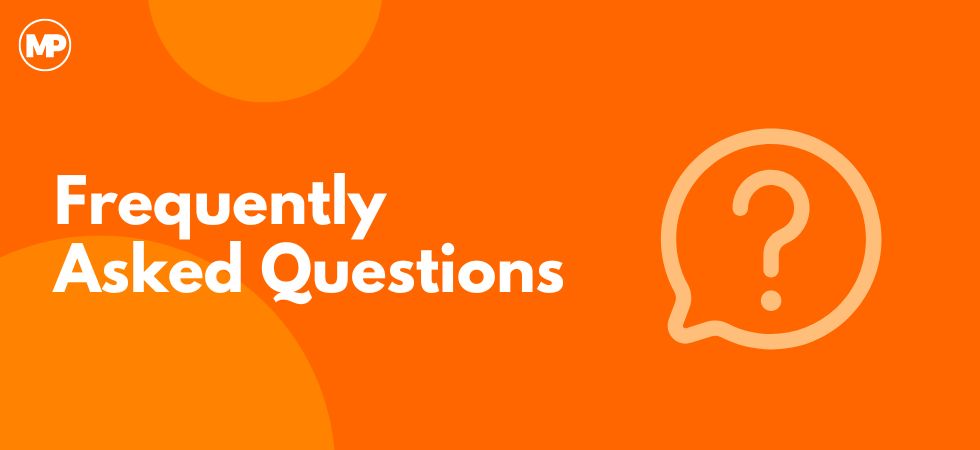
Here are some initial questions I had when getting started with understanding local SEO strategies.
How Long Does It Take for For an SEO Optimized Page to Start Moving up The Ranks
The time it takes for an SEO-optimized page to start moving up the ranks varies significantly and depends on several factors, including, but not limited to, Competition, Domain Authority, Quality and Relevance of Content, On-Page and Off-Page SEO, Search Engine Algorithms, Indexing, and Crawling.
Generally, it can take a few weeks to several months or even longer for an SEO-optimized page to start moving up the ranks. Therefore, it’s essential to practice patience and consistently monitor your page’s performance, making adjustments to your SEO strategy as needed. Remember that SEO is a long-term investment, and results may take time.
Is It Important to Use Keywords for Image Alt Tags?
Yes, using keywords for image alt tags is important for several reasons.
- Search engines, such as Google, use alt tags to understand the content and context of images.
- Alt tags are essential for visually impaired users who rely on screen readers to navigate web content. Descriptive alt tags, including relevant keywords, provide these users with a better understanding of the image’s content and context.
- Search engines index images based on their alt tags. Using appropriate keywords increases the chances of your images showing up in image search results, which can drive additional traffic to your website.
- If an image fails to load for any reason, the alt tag serves as a fallback description, providing context to the user about the missing image. Using keywords in this context helps maintain the flow and relevance of your content.
Remember to use keywords naturally in your alt tags and avoid overstuffing or using irrelevant terms, as search engines may penalize such practices.
In Closing
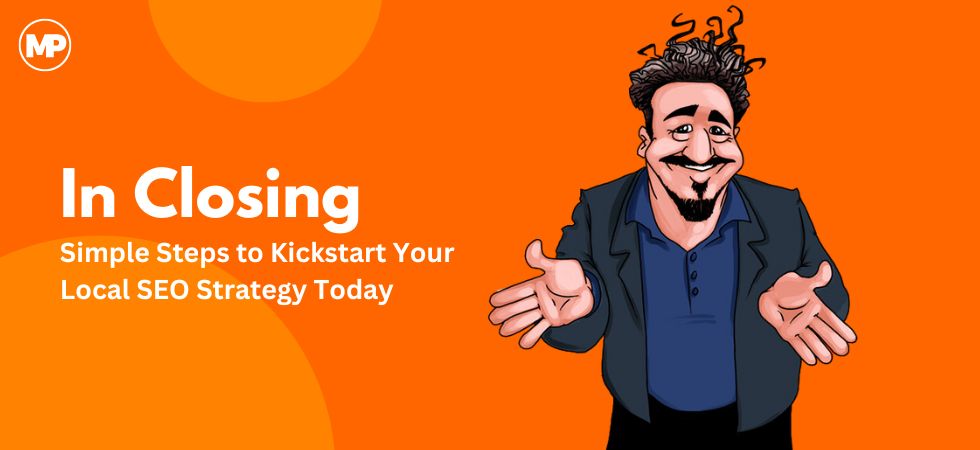
I’ve explored the essential components of a successful local SEO strategy. By focusing on a single goal, understanding and utilizing key phrases effectively, crafting SEO-optimized content, and promoting your new pages strategically, you can pave the way to a more substantial online presence and increased visibility in your local market.
Remember that SEO is a continuous process that requires patience, consistency, and adaptation. As you implement these steps, monitor your progress, learn from your results, and make adjustments as needed to refine your approach. Remember to revisit the frequently asked questions section for guidance when facing challenges or uncertainties in your local SEO journey. I plan to add more to it over time.
With determination and persistence, you’ll see your efforts pay off as your business ranks higher in search results, attracts more customers, and gains authority in your niche. Now is the time to kickstart your local SEO strategy and propel your business to new heights!
Geno is the Owner/Creative Director at Monterey Premier, a web design agency that specializes in Divi and is based out of Monterey, Ca. He is a Divi expert and is known for his Divi tutorials & tips on Quiroz.co and is an excellent source of knowledge for anything related to Divi. Geno is also a Canva expert and helps other Canva users with his tutorials and tips here on the Monterey Premier blog. He has been designing websites since 1996 and enjoys all things design, traveling, hanging out with friends, encouraging other believers, and experimenting with new technologies.

